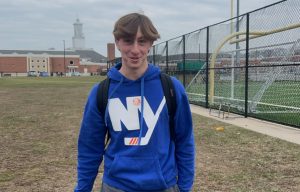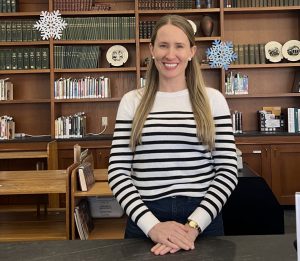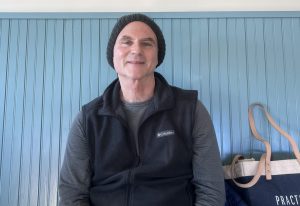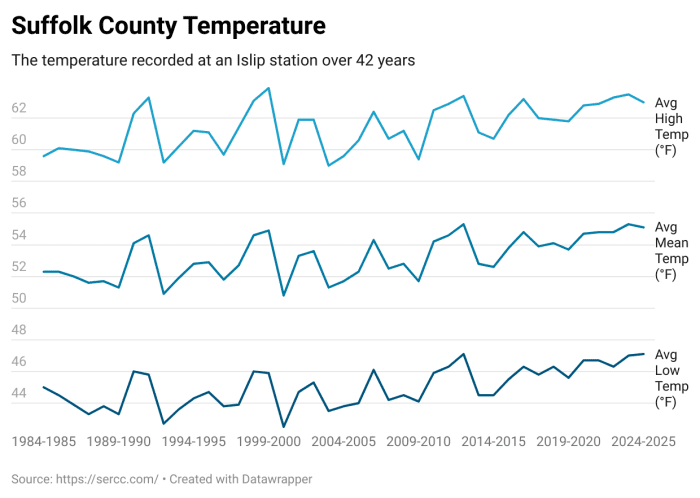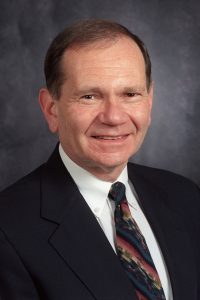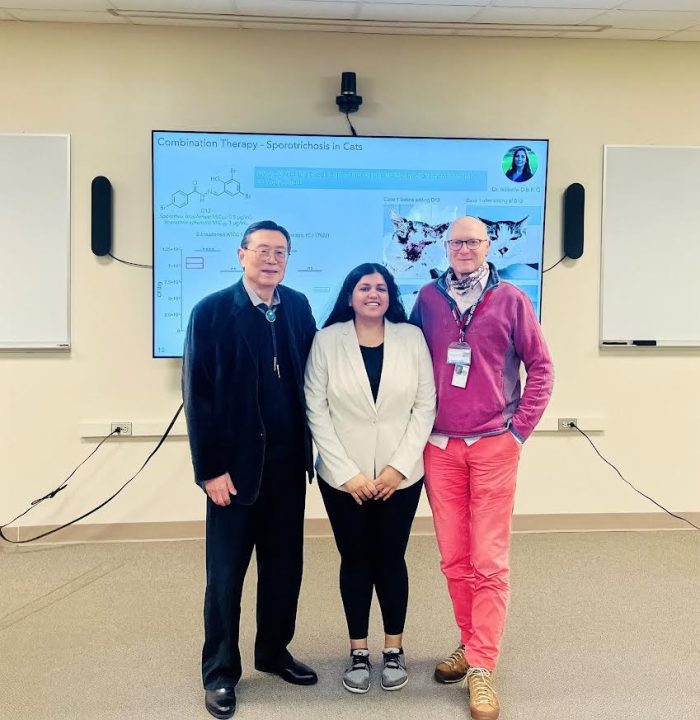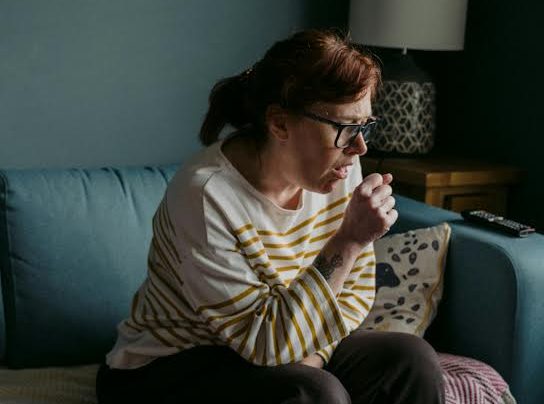By D. Bruce Lockerbie
Just before its Christmas recess, the U.S. Senate met for an unusual ceremony, the retirement of an employee who, after 43 years on the job, had become known as one of “the most powerful” women in Washington (The Atlantic, May 20, 2015) and, according to former Republican Leader Mitch McConnell (R-KY), even the 101st Senator. Her name is Sharon R. Soderstrom, former chief of staff for McConnell.
Few ordinary citizens understand the inner workings of our national government; in particular, the “sausage-making process” of passing bills into law to fulfill the policy expectations of voters who sent politicians to high offices.
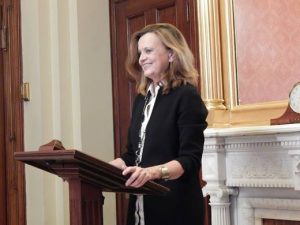
The U.S. Senate describes how a senator’s hired staff functions: “Senators depend on the assistance of staff on Senate committees and in their individual offices, both in Washington, D.C., and in their home states. Senate committee staff include clerks, staff directors, staff assistants, legal counsel, researchers, policy analysts, press assistants, and archivists. Most senators’ offices include a chief of staff to manage the office, legislative correspondents to communicate with constituents, and legislative directors and assistants to help develop legislation, as well as schedulers, communications and press staff, and other administrative assistants.”
Sharon Soderstrom filled the role of senior adviser for three Republican majority leaders: Trent Lott (R-MS), William Frist (R-TN) and McConnell.
Soderstrom’s father Karl E. Soderstrom was the head of The Stony Brook School; her brother Mark Soderstrom is a senior captain on the Port Jefferson/Bridgeport Ferry. With their younger sister Cheryl, they all attended North Country Elementary School through sixth grade, then enrolled at The Stony Brook School.
She was valedictorian of the class of 1978 before going on to the University of Virginia, where she majored in English; her intended graduate studies were interrupted by an opportunity to work in the Washington, D.C., office of then Senator Paul Trible (R-VA).
“I thought I’d work there for a year or two before I found my real job,” Soderstrom said. “I started answering phones but soon moved into a role that I found stimulating — learning about policy issues and thinking about how to strategically advance causes through the legislative process.”
The Hill, a widely-circulated insider publication, acclaims her as “an expert on Senate rules and procedure” and “well regarded for the counsel she provides to McConnell and members on Senate strategy. . . . Former aides in the office say that she constantly has her finger on the pulse of the [Republican] conference and the full trust of the longest-serving leader in Senate history.” (Sept. 12, 2023)
McConnell’s spoken tribute began, “For several months now, I’ve been calling the Senate’s attention to the extraordinary people who have me, this institution, and our nation so well — and for so long — in the Republican Leader’s office. Today, I’ve reached the end of the list. My one remaining task is to prepare our colleagues for a Senate without Sharon Soderstrom.”
McConnell ended his tribute by stating, “Come January, the Senate will convene again. The 119th Congress will bring us a new slate of weighty business, new moments of minor crisis, and new opportunities to better serve the nation we all love. But in the most trying moments — and the most triumphant ones — a great many of us will feel like something is missing. We will miss Sharon — the 101st Senator. Sharon, you have served the Senate with honor. You are the greatest at what you do.”
As for her own retrospective, Soderstrom says, “One of the joys of my work through the years has been the opportunities to mentor public-spirited young people. The role placed me at the intersection of operating between the White House, the House leadership and Senate Republican leaders. Among the many things I’m proud of is despite the stresses on our institutions, in moments of crisis I have been part of national leaders who led during 9/11 and 1/6/24 — two different evacuations of the Capitol, two different Republican leaders, and one imperative: Return to the Capitol the same day and demonstrate national resolve for the country and for the world.”
When asked to cite both high and low points in her career, she replied, “I have also been grateful at different moments in time to drive agendas that have been consequential in the moment. After Putin’s invasion of Ukraine, I was with Leader McConnell in Finland, then Sweden, the day they voted to join NATO. We then were part of the legislative team to drive early U.S. ratification of the treaty, and met again with the Prime Minister the day he presented the accession papers to the State Department to make it official.”
“I did ask on behalf of my Norwegian grandparents what took them so long,” she added.
“I credit my upbringing at The Stony Brook School for modeling lessons that helped me in this role. At the end of his life, my Dad told me of his deep satisfaction in doing purposeful work with talented colleagues, many of whom became lifelong friends. I too was able to work with the best and brightest, and as a team we were each better than our individual parts. Building and managing a team that maintained our reputation for excellence and high morale through the tenure of the longest serving leader in Senate history was a great good gift.”
“But I think my greatest disappointment through the years has been watching politics become more performative among each party’s base, making progress more difficult. Mark Shields once said, ‘There are two types of political parties like there are two kinds of churches: those who seek converts and those who root out heretics.’ I hope that we can return to a moment when we try to persuade through the weight of a winsome argument rather than shutting down dissent and vilifying fellow citizens.”
For the first time in more than four decades, Sharon Soderstrom’s daily routine is no longer at the behest of 100 men and women who live their lives in six-year cycles and count to 51 (or 60), depending on the nature of the case before them. She plans to take a well-earned break from Senate arithmetic.
D. Bruce Lockerbie is a longtime resident of the Three Villages.



